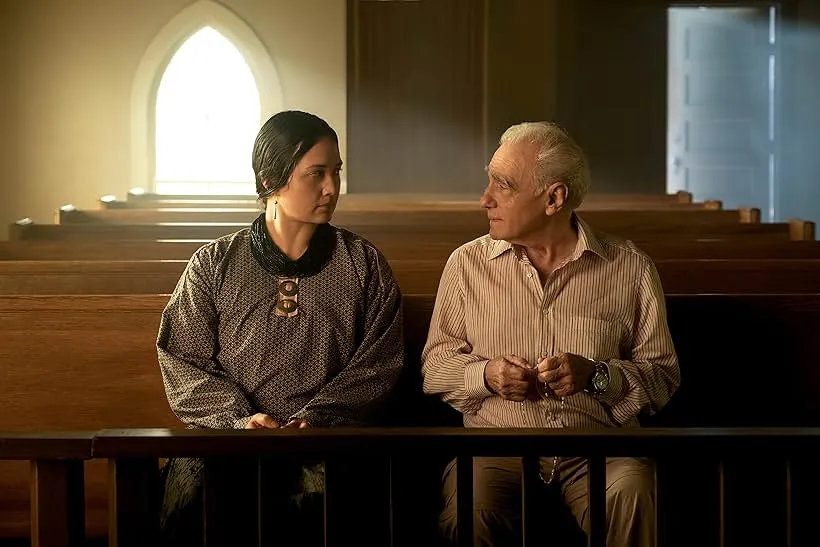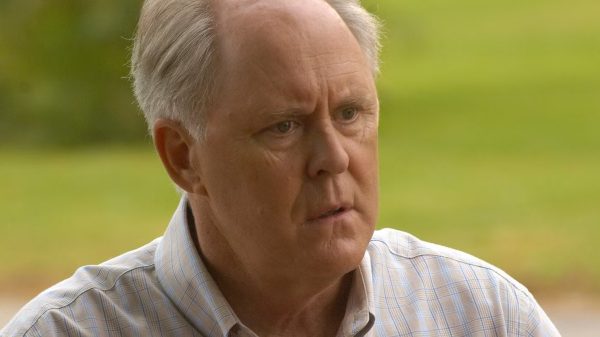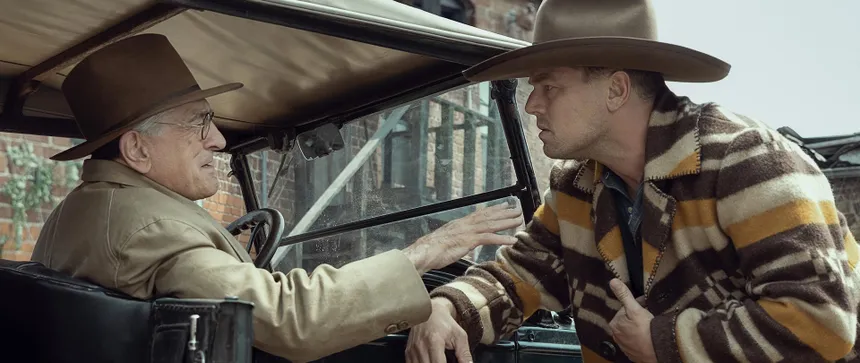The long-awaited film Killers of the Flower Moon, directed by Martin Scorsese, has finally premiered at the Cannes Film Festival, garnering widespread acclaim for its poignant portrayal of the gruesome murders of the Osage people in 1920s Oklahoma. The film, based on David Grann’s non-fiction book, chronicles the FBI investigation that ensued, and Scorsese’s dedication to authenticity and sensitivity is evident throughout the production. Scorsese worked closely with the Osage people to ensure their voices and stories were heard and respected, and Leonardo DiCaprio, who stars as Ernest Burkhart, emphasized the importance of this approach, stating that Scorsese was present every day during filming, engaging with the community, and incorporating the truth into the story.
Lily Gladstone, who portrays Mollie Burkhart, praised Scorsese’s commitment to amplifying Indigenous stories and voices, noting that he was willing to challenge people to confront their complicity in white supremacy. The film’s attention to detail and commitment to accuracy are also praised by Osage leader Chief Standing Bear, who highlighted the significance of trust in the story. Standing Bear notes that Scorsese’s approach was built around trust, with a focus on the deep betrayal of that trust.

Killers of the Flower Moon BTS (Photo: Killers of the Flower Moon)
Robert De Niro, who plays William “Bill” Hale, draws parallels between Hale’s actions and those of a 45th President of the United States, adding that the trust the Osage gave Hale extended even beyond his death, amplifying the sense of tragedy and betrayal that permeates the story.
Killers of the Flower Moon is a powerful and timely film that sheds light on a dark period in American history. Scorsese’s commitment to authenticity and sensitivity is evident throughout the production, and the film’s attention to detail and accuracy are praised by the Osage people. The film premieres in theaters on October 6, offering audiences a chance to learn from and reflect on the devastating crimes that were committed against the Osage people. As the film confronts the haunting truth of the Osage Nation’s suffering, it also offers a chance for redemption and healing, ultimately serving as a testament to the enduring power of truth and justice.
























